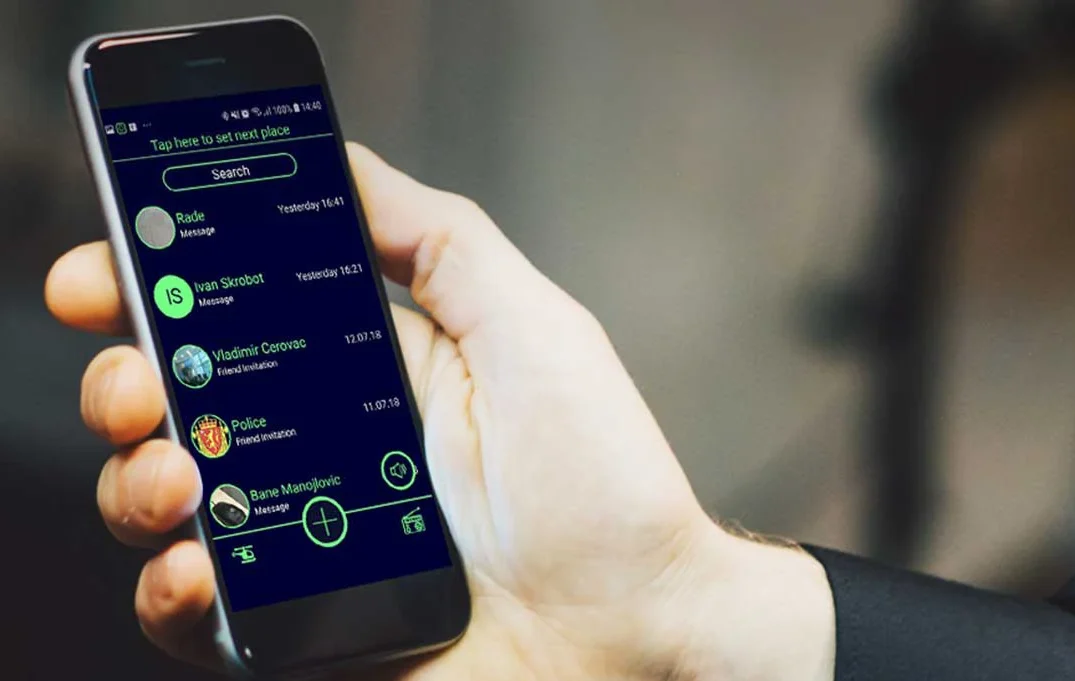Virtual reality solutions we provide
Immersive technologies for engaging and interactive experiences.
Corporate & Industrial Training: Developing VR-based simulations for workforce training in manufacturing, construction, and logistics.
Medical & Healthcare Training: Creating virtual environments for surgical training, patient care, and therapy.
Military & Defense Simulations: Providing realistic combat training, mission planning, and crisis response simulations.
Pain & Anxiety Management: Using VR for guided meditation, relaxation, and distraction therapy.
Physical Rehabilitation: Developing VR exercises to aid patients recovering from injuries or surgeries.
Exposure Therapy: Assisting with PTSD, phobias, and anxiety disorders through controlled virtual environments.
Immersive Learning Environments: Developing VR applications that allow students to explore historical events, science labs, and space simulations.
Virtual Classrooms: Enabling remote education with engaging and interactive lessons in VR.
Virtual Property Tours: Allowing buyers and renters to explore homes and commercial spaces remotely.
Architectural Visualization: Enabling architects and clients to experience 3D models of buildings before construction begins.
Virtual Prototyping: Allowing designers to test and modify vehicle designs before physical production.
Assembly Line Training: Simulating production environments for employee training and process optimization.
Smart VR Experiences: Enhancing VR applications with AI-powered interactions and data-driven insights.
Real-Time User Behavior Analysis: Collecting user feedback to improve VR experiences.
Speed your project forward with
Smoothshoring™
Experience the Glatco difference when you work with our US-based program managers, tech leadership, and executive coaches to smooth the process of your technical projects and outsourcing.
What are the benefits of virtual reality
Realistic Simulations: VR creates lifelike training environments for industries such as healthcare, aviation, manufacturing, and defense.
Safe Learning Environment: Trainees can practice without real-world risks, reducing accidents and improving confidence.
Cost-Effective Training: Reduces the need for physical equipment, travel, and instructor-led training sessions.
Faster Prototyping & Design: Helps engineers, architects, and product designers visualize and test concepts before production.
Reduced Development Costs: Identifies design flaws early, preventing costly mistakes in manufacturing and construction.
Data-Driven Insights: VR analytics can track user behavior and improve product development and decision-making.
Early Adoption Benefits: Companies using VR can differentiate themselves and attract tech-savvy customers.
Brand Differentiation: Creates unique customer interactions that enhance loyalty and engagement.
Future-Proof Technology: As VR technology advances, businesses can stay ahead by integrating it early.
Tailored ways to work with you
Smooth from start to finish






